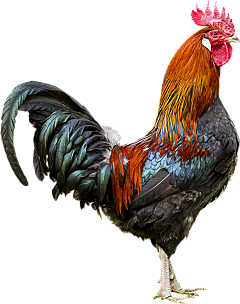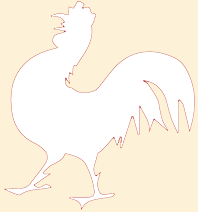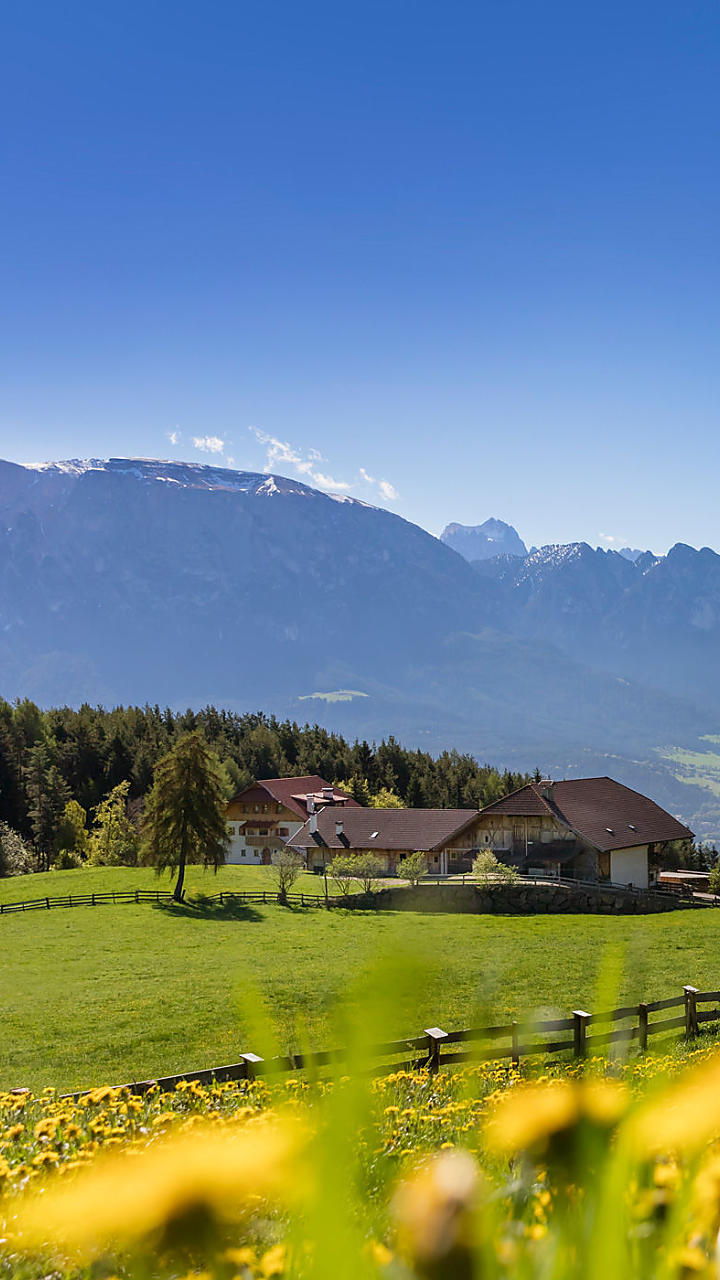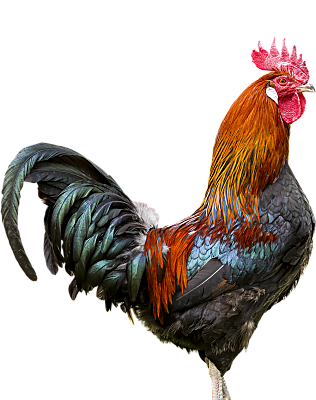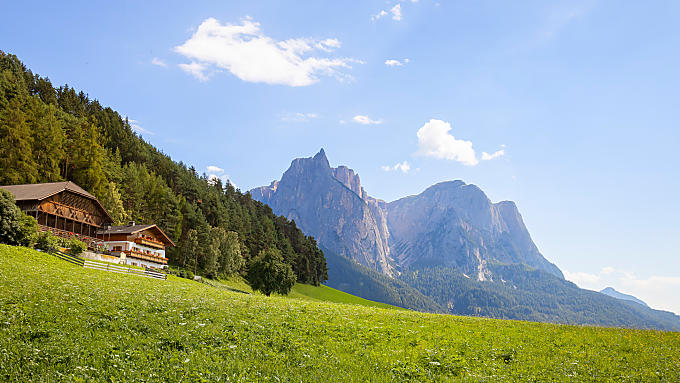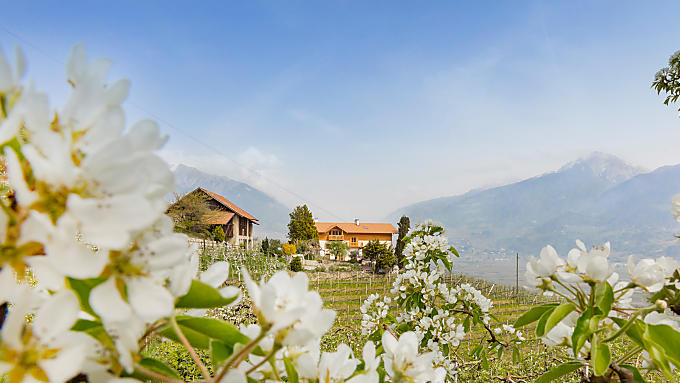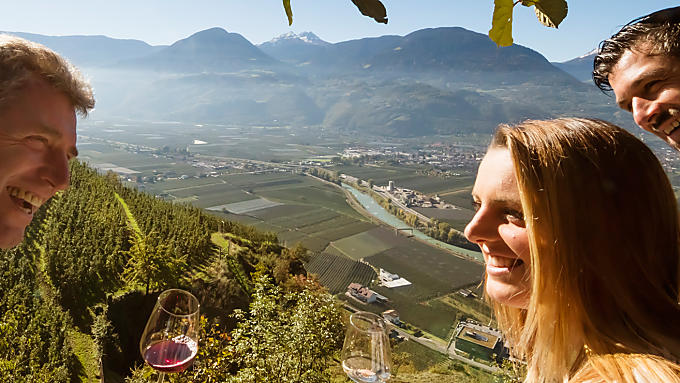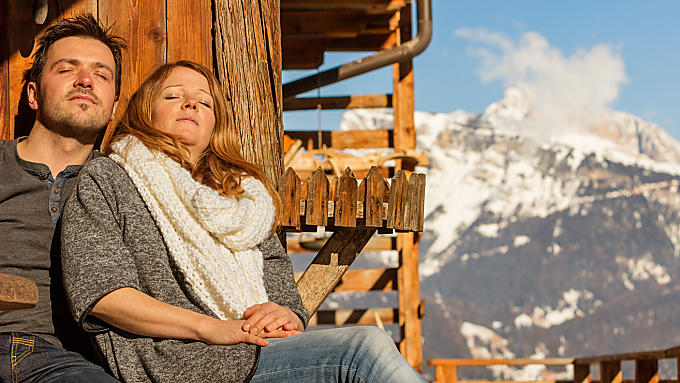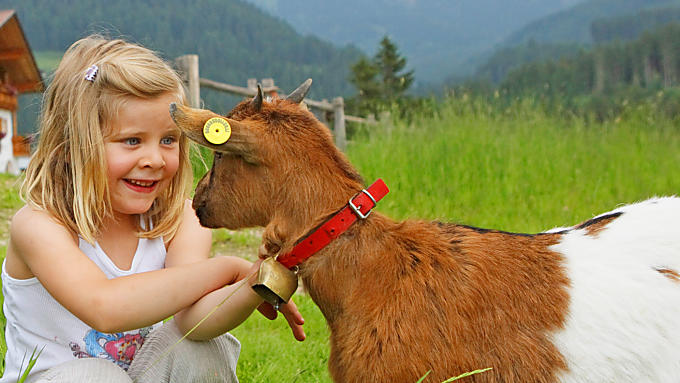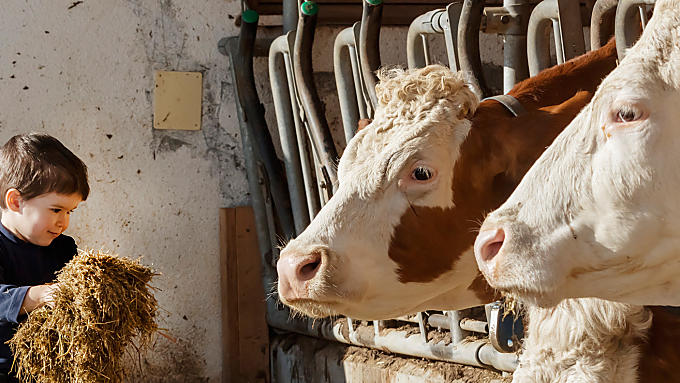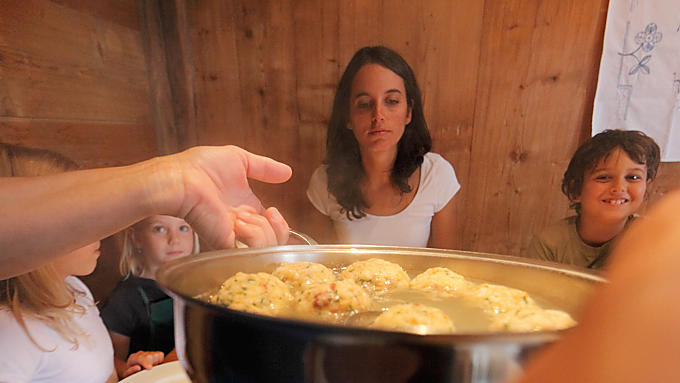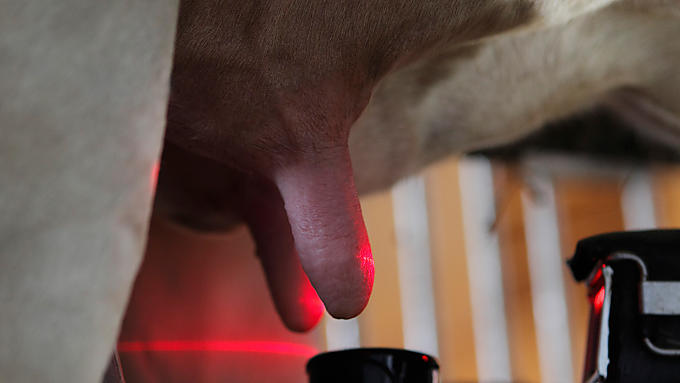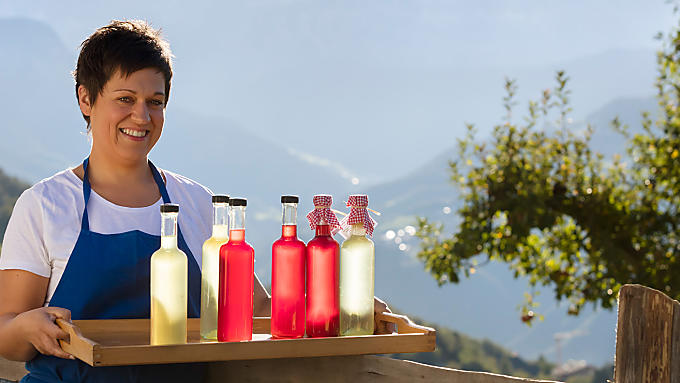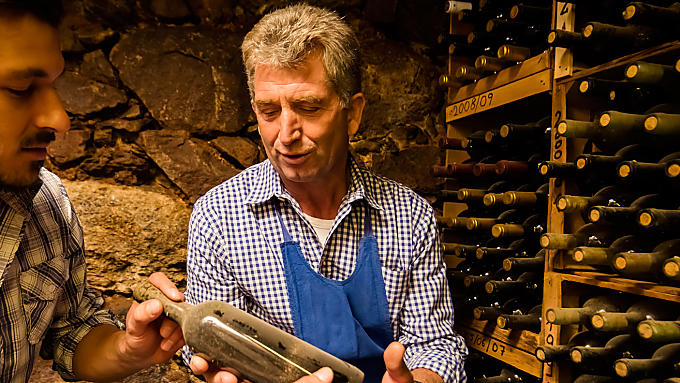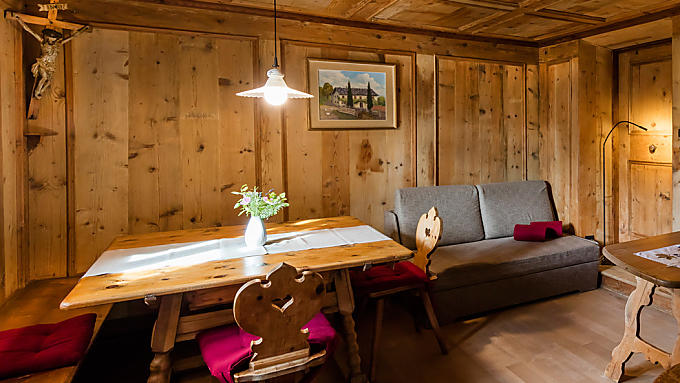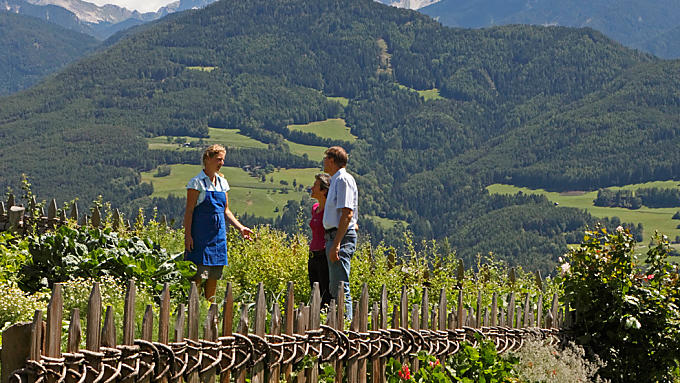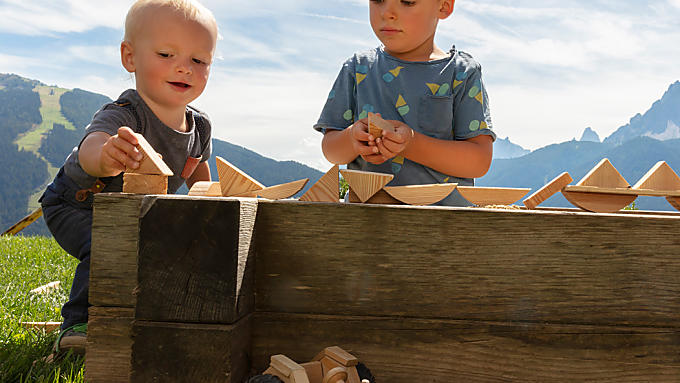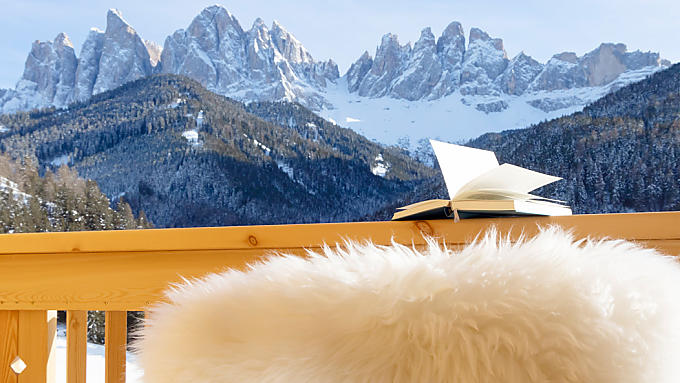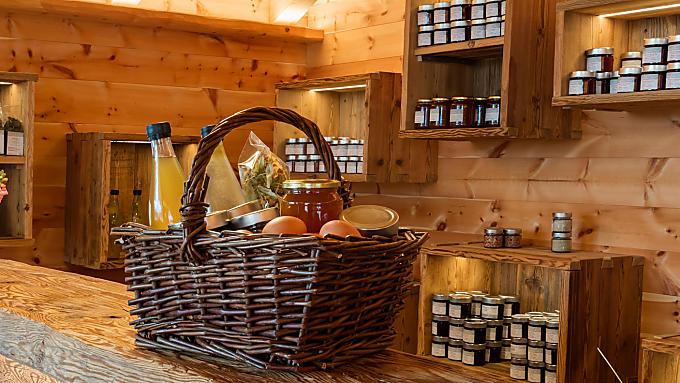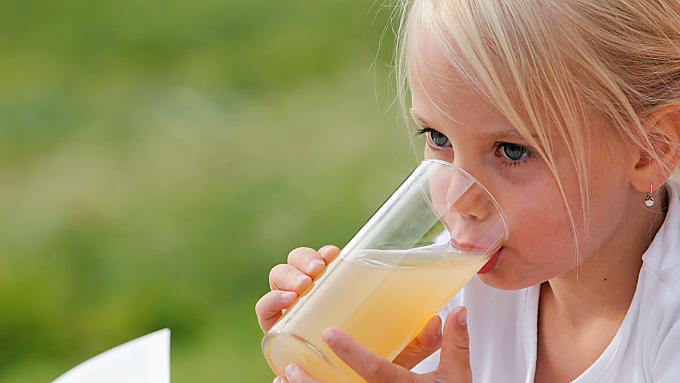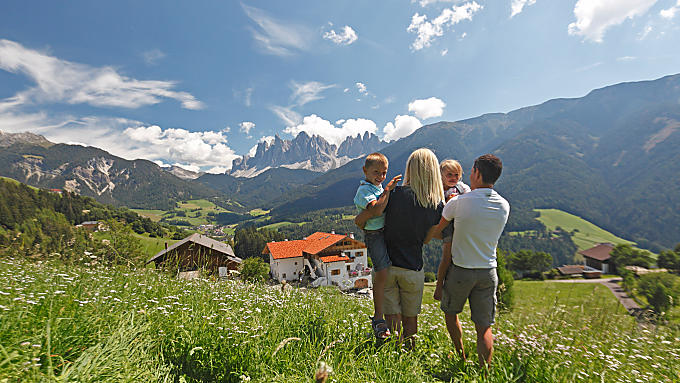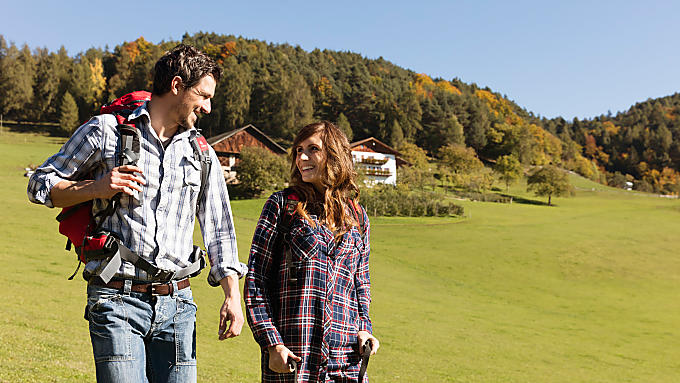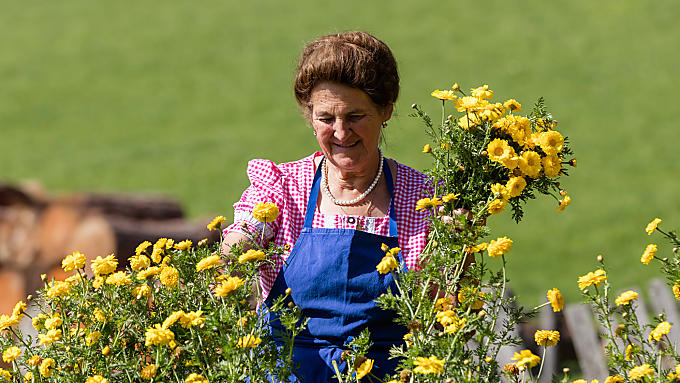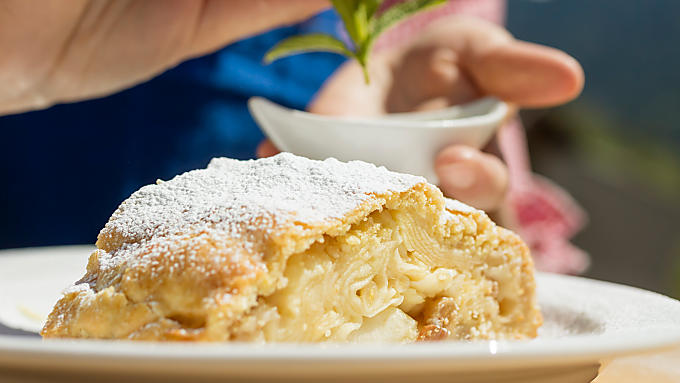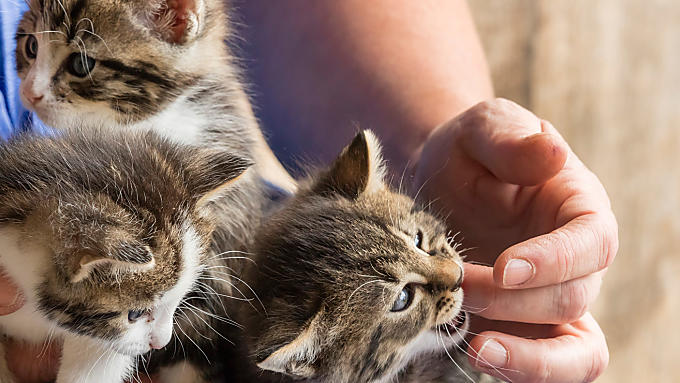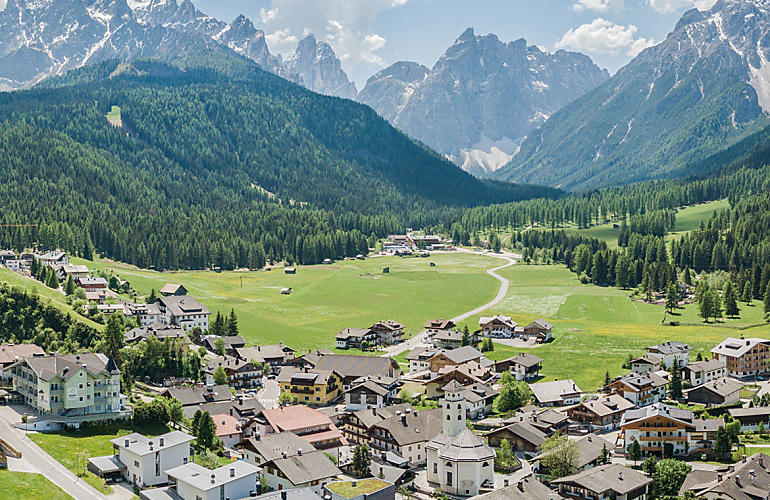
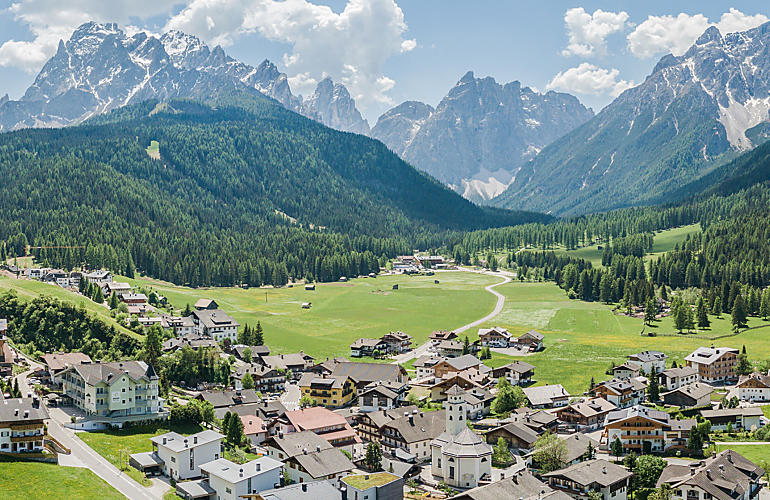
The Dolomites up close
Holiday location
Farm Holidays in Sexten
On a Farm Holiday in Sexten, the mountains are the stars. The most eastern municipality of South Tyrol is famous for its unique Sexten Dolomites in the Drei Zinnen ('Three Peaks') Nature Park – and a really special sundial.
As well as the main village of St. Veit and Moos, the hamlets of Schmieden, Kiniger, Außerberg and Mitterberg belong to the municipality of Sexten with its population of 1,900. A part of the main ridge of the Carnic Alps with the Helm mountain runs in the northeast of Sexten Tal valley and the Sexten Dolomites, which are in Drei Zinnen Nature Park and enjoy protected status as part of the World Natural Heritage Site, lie opposite it.
On a Farm Holiday in Sexten, the mountains are the stars. The most eastern municipality of South Tyrol is famous for its unique Sexten Dolomites in the Drei Zinnen ('Three Peaks') Nature Park – and a really special sundial.
As well as the main village of St. Veit and Moos, the hamlets of Schmieden, Kiniger, Außerberg and Mitterberg belong to the municipality of Sexten with its population of 1,900. A part of the main ridge of the Carnic Alps with the Helm mountain runs in the northeast of Sexten Tal valley and the Sexten Dolomites, which are in Drei Zinnen Nature Park and enjoy protected status as part of the World Natural Heritage Site, lie opposite it.
The highest point of the parish is the 3,152-metre-high Dreischusterspitze mountain east of Innerfeldtal valley. However, the 'Drei Zinnen' are far more famous as a symbol of the Upper Pustertal valley. St. Veit, the main village in the municipality of Sexten, makes an ideal base for tours in the nature park. Moos lies at the start of picturesque Fischleintal valley, which attracts walkers on leisurely strolls. The highlights of the neighbouring municipalites in Upper Pustertal valley, such as the Pragser Wildsee lake, are easy to reach.
Treading new paths
The Sexten circular walk provides a good occasion to get to know the area around your holiday flat or room in Sexten. It is made up of two stages and leads through the villages of Sextner Tal valley with no significant changes in altitude. Part one runs along the northeastern side of the valley, part two along the southern side. The path leads past the scenes of Upper Pustertal valley legends and sites involved in later history, too: the ruins of Heideck fortification still bear the traces of the battles that were fought here in the First World War.
Stop-off points welcome
Just a few kilometres from the Austrian border is Helm ski resort, affording wonderful views of the Sexten and Prags Dolomites as well as some rustic places to stop off. Helm is the number 1 for ski slopes in Upper Pustertal valley. It is also accessible from Vierschach in the neighbouring municipality of Innichen. Helm ski slopes now have direct connections with the Rotwand ski area, which has its lower cable car terminal in Moos. Skiing on Rotwand slopes provides skiers with fantastic views amidst this UNESCO World Natural Heritage Site and a high certainty of finding snow. Both family-friendly ski resorts are part of the large Drei Zinnen Dolomites ski carousel featuring a total of 93 kilometres of piste. The Dolomite region of the Drei Zinnen is also a cross-country skiing eldorado with over 200 km of runs. So you can ski into Fischleintal valley as well as to Pragser Wildsee lake. After a day of skiing, a holiday flat or room in nearby Sexten makes a cosy spot to round off the day.
The highest point of the parish is the 3,152-metre-high Dreischusterspitze mountain east of Innerfeldtal valley. However, the 'Drei Zinnen' are far more famous as a symbol of the Upper Pustertal valley. St. Veit, the main village in the municipality of Sexten, makes an ideal base for tours in the nature park. Moos lies at the start of picturesque Fischleintal valley, which attracts walkers on leisurely strolls. The highlights of the neighbouring municipalites in Upper Pustertal valley, such as the Pragser Wildsee lake, are easy to reach.
Treading new paths
The Sexten circular walk provides a good occasion to get to know the area around your holiday flat or room in Sexten. It is made up of two stages and leads through the villages of Sextner Tal valley with no significant changes in altitude. Part one runs along the northeastern side of the valley, part two along the southern side. The path leads past the scenes of Upper Pustertal valley legends and sites involved in later history, too: the ruins of Heideck fortification still bear the traces of the battles that were fought here in the First World War.
Stop-off points welcome
Just a few kilometres from the Austrian border is Helm ski resort, affording wonderful views of the Sexten and Prags Dolomites as well as some rustic places to stop off. Helm is the number 1 for ski slopes in Upper Pustertal valley. It is also accessible from Vierschach in the neighbouring municipality of Innichen. Helm ski slopes now have direct connections with the Rotwand ski area, which has its lower cable car terminal in Moos. Skiing on Rotwand slopes provides skiers with fantastic views amidst this UNESCO World Natural Heritage Site and a high certainty of finding snow. Both family-friendly ski resorts are part of the large Drei Zinnen Dolomites ski carousel featuring a total of 93 kilometres of piste. The Dolomite region of the Drei Zinnen is also a cross-country skiing eldorado with over 200 km of runs. So you can ski into Fischleintal valley as well as to Pragser Wildsee lake. After a day of skiing, a holiday flat or room in nearby Sexten makes a cosy spot to round off the day.
Farm search
Holiday farms in Sexten
3 reasons
A holiday in Sexten
Unique all-rounders:
the Drei Zinnen peaks
Unlimited fun on
Helm ski pistes
A natural spectacle:
the Sexten Sundial
What time is it?
The five Dolomite peaks of Neuner, Zehner (actually the Sextner Rotwand), Elfer, Zwölfer and Einser form a genuine special feature: the 'Sexten Sundial'. These mountains gave people in the mountains a way of keeping track of time.
The five Dolomite peaks of Neuner, Zehner (actually the Sextner Rotwand), Elfer, Zwölfer and Einser form a genuine special feature: the 'Sexten Sundial'. These mountains gave people in the mountains a way of keeping track of time.
The farmers, for example, who worked the fields, saw the peaks and knew what time it was. Looking from Bad Moos, the course of the sun coincides with the mountains. At the winter solstice, the sun is directly over the Zwölfer mountain at midday and over the Einser mountain at 1.00pm. The same goes for the rest of the mountain peaks. The name of Sexten is said to have come from the Zwölferkofel mountain: the Romans had another way of telling the time and called twelve o'clock the 'sexta hora', giving rise to the name of Sexten. Who is setting their watch by whom here? On a Farm Holiday in Sexten, clocks keep a different time, anyway.

